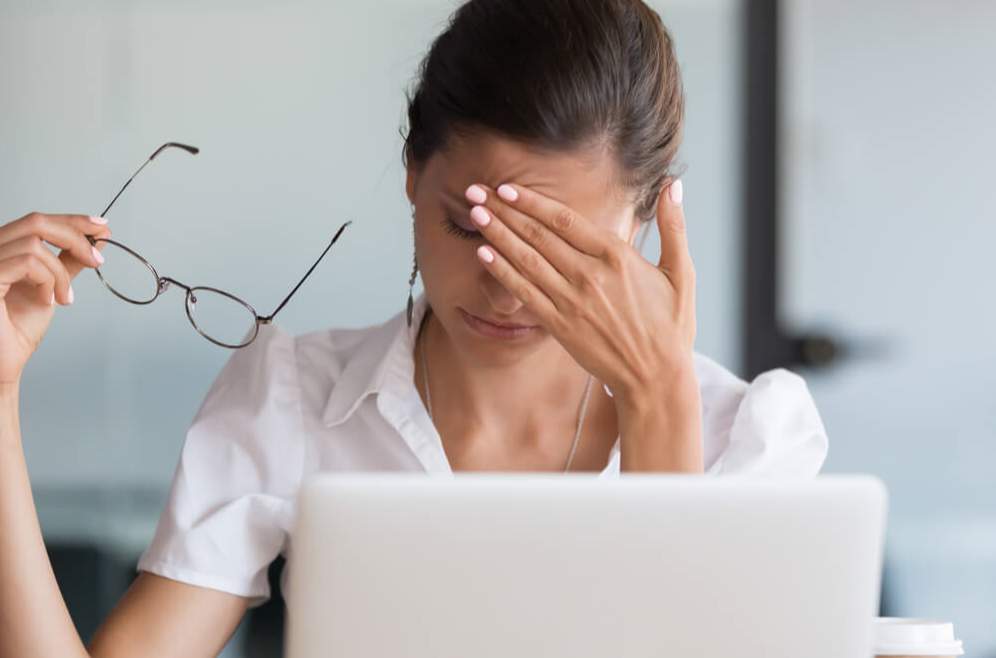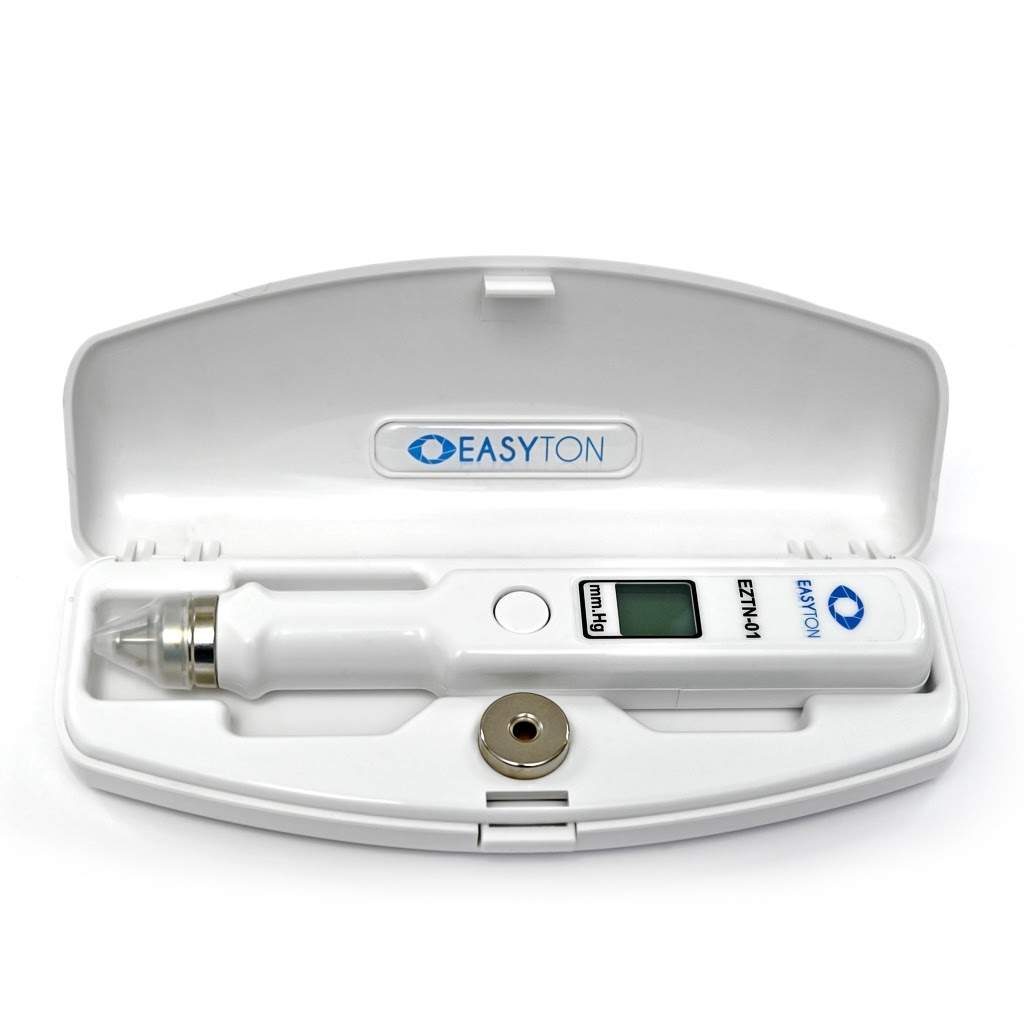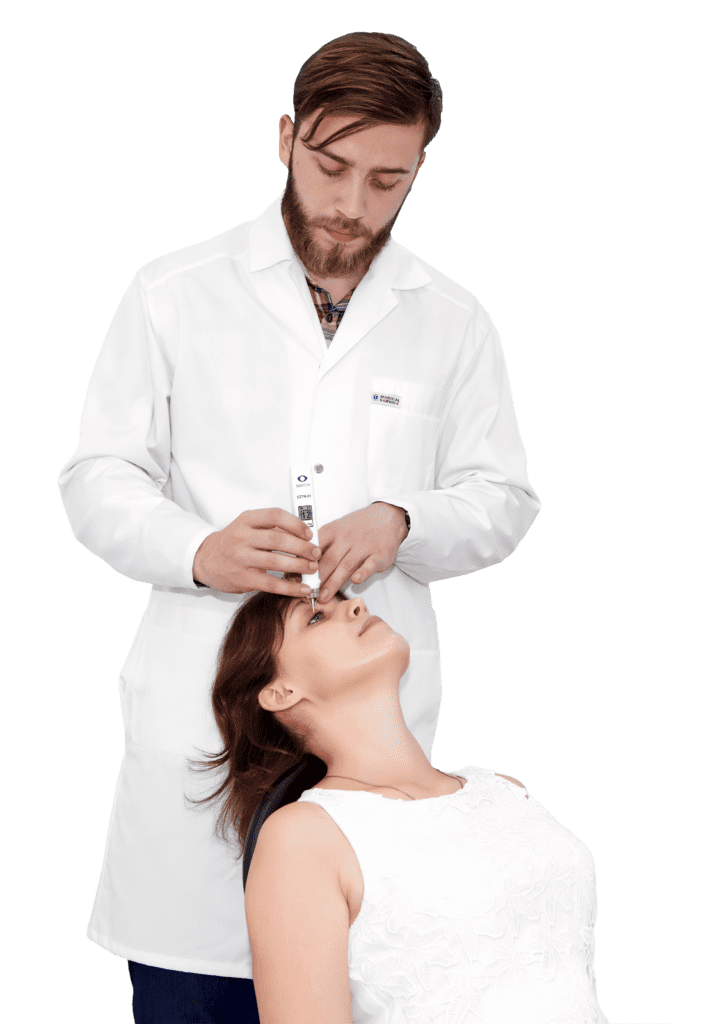
IOP is never the same throughout the day. It is affected by everything from an individual’s lifestyle to how well the aqueous humor leaves the eye. Similar to blood sugar levels in people with diabetes, intraocular pressure should be monitored as frequently as possible, whether one is a glaucoma suspect or a patient. Otherwise, ophthalmologists can’t get a deep insight into the stages of one’s condition to determine the further treatment.
The question becomes whether the at-home IOP monitoring is feasible? If it is, how can one with glaucoma benefit from it?
The game-changing role of on-demand eye pressure measurements
Although IOP is only a part of what ophthalmologists examine during the office visits, it’s probably the major one. Monitoring it at home is not replacing comprehensive eye tests and tonometry in medical settings. Rather, it is intended to complement traditional diagnosis and treatment steps by helping:
Eliminate inaccuracies associated with in-office IOP measurements which, unfortunately, arise when patient’s pressure fluctuates. Even if ophthalmologists use the latest tonometers (such as Easyton that brings the precision of readings to the next level), this is not enough to monitor the IOP changes outside of the medical facility.

- Keep a close watch on maximum IOP values that may show the progression of glaucoma. Since the early diagnosis of the worsening eye condition is pivotal to the successful treatment, at-home measurements help doctors modify regimens based on individual cases.
- Save time and make IOP monitoring more comfortable for everyone. When it is not possible to visit the doctor’s office for a routine check-up, having an opportunity to measure IOP at home can minimize the inconvenience and to keep the ophthalmologist informed of the changes. This is especially important during unpredictable times such as the recent burst of COVID-19 when appearance in the public places was highly restricted. As a result, tele-medicine was proven as a backup mechanism to monitor a patient’s condition.
On the whole, the benefits of on-demand eye pressure measurements come down to setting the stage for the more effective treatment of glaucoma and other ocular conditions. By having up-to-date readings at their fingertips, doctors can quickly modify therapy plans and manage cases.
What are the options to monitor eye pressure on your own?
This field is still in its infancy, meaning that more developments are slated to be introduced in the days to come. As of now, if you want to keep track of your IOP multiple times per day, you’re likely to happen on the following solutions:
- Home tonometers. Patients with glaucoma and other ocular conditions can benefit from these devices to monitor IOP on their own. Unlike tonometers used by ophthalmologists as part of the comprehensive screening, these tools don’t require any specialized skills or eye drops to start the measuring process. They help you track daily IOP fluctuations and keep an accurate record wherever you are.

- Contact lens micro-sensors. If you wear contacts and are struggling with glaucoma, you may want to swap your old ones for more technologically advanced devices. Some lenses come with micro-sensors aimed at capturing the effects of elevated IOP on your eyes, including the corneal curvature. They work by detecting ocular changes that may be associated – directly or indirectly – with your eye pressure.
- Ocular implants. Despite being the newest technology for monitoring IOP 24/7, it’s gaining ground among eye doctors and patients alike. Ocular implants also involve the use of micro-sensors to facilitate regular measurements without tonometers. However, it’s worth mentioning that more in-depth research is required to bring this technology to perfection.
Never use unreliable devices
With a variety of hi-tech IOP monitors emerging in the industry, you may be tempted to invest in the most feature-rich one. But there’s something more important than functionality and far-fetched effectiveness. If you’re thinking about buying a device for at-home intraocular pressure measurements, make sure it’s FDA-approved. This certification shows that your desired tonometer or sensor can benefit your glaucoma treatment safely.
Using an at-home measuring unit doesn’t replace the routine visits to the ophthalmologist’s office. In-depth ocular exams are still necessary to manage your eye health. Be sure to follow your doctor’s orders and do all the screening regularly.
